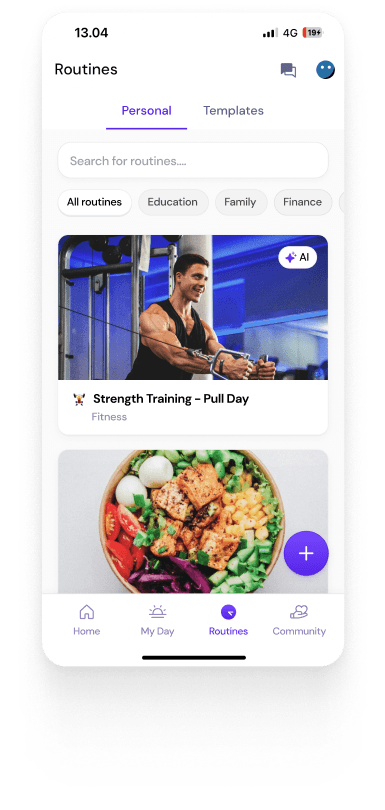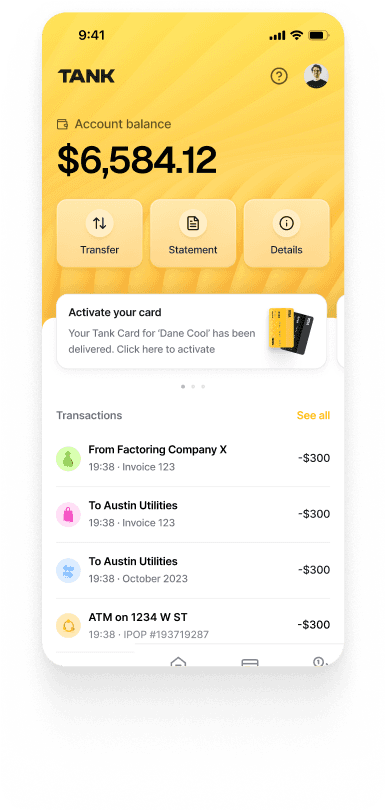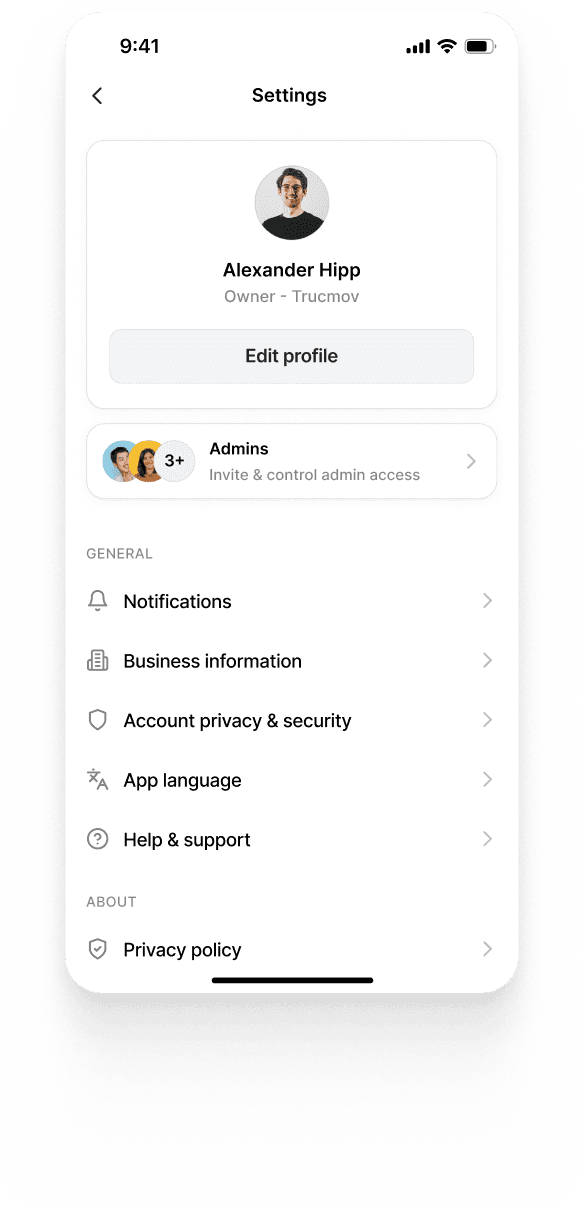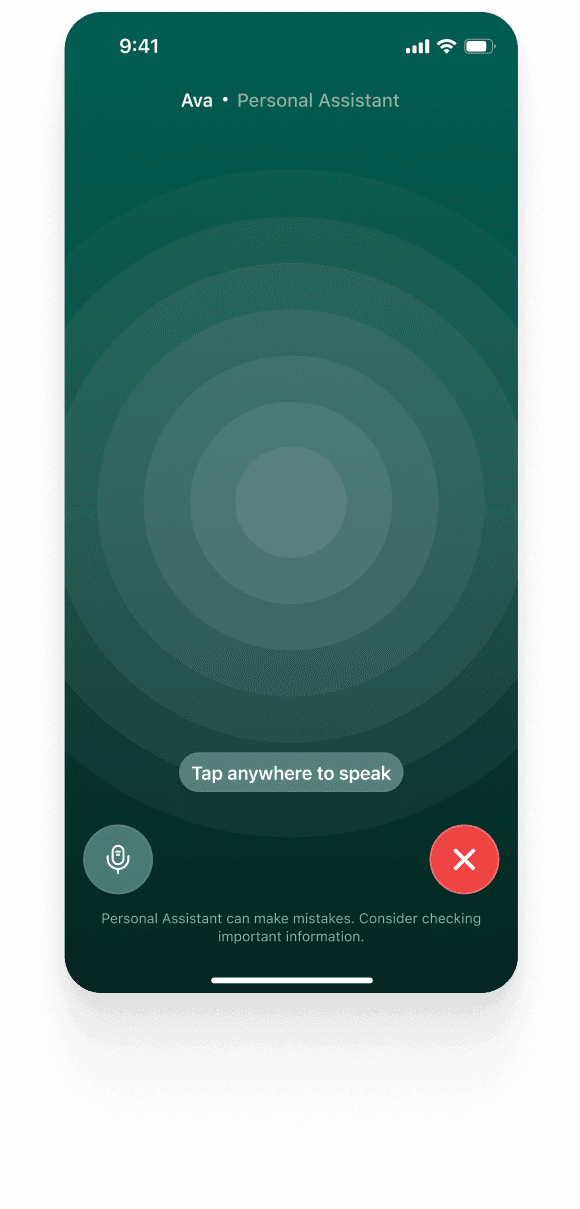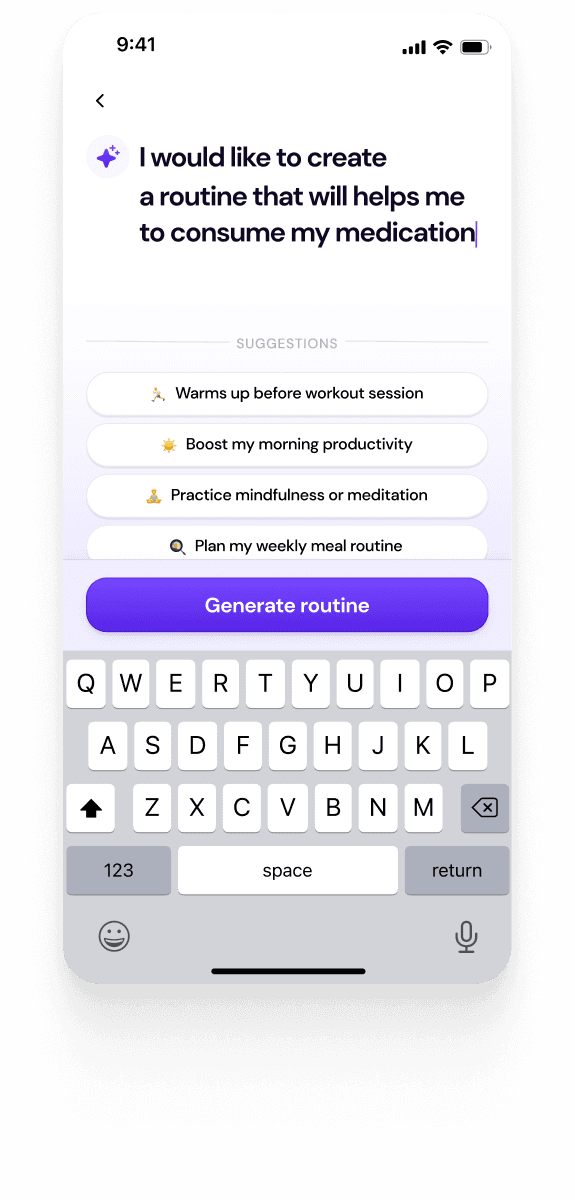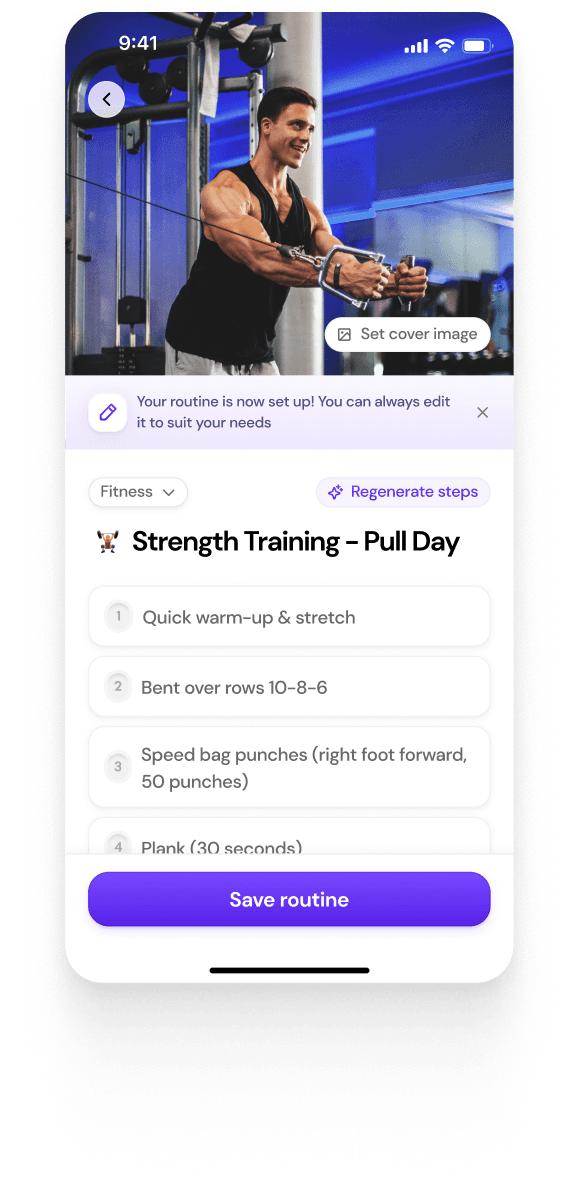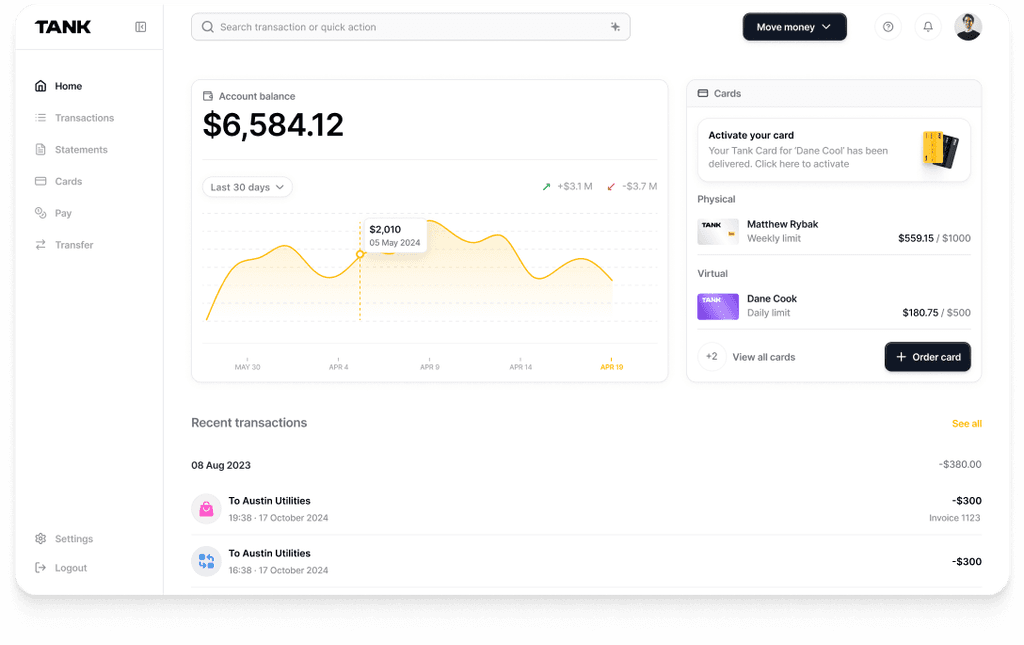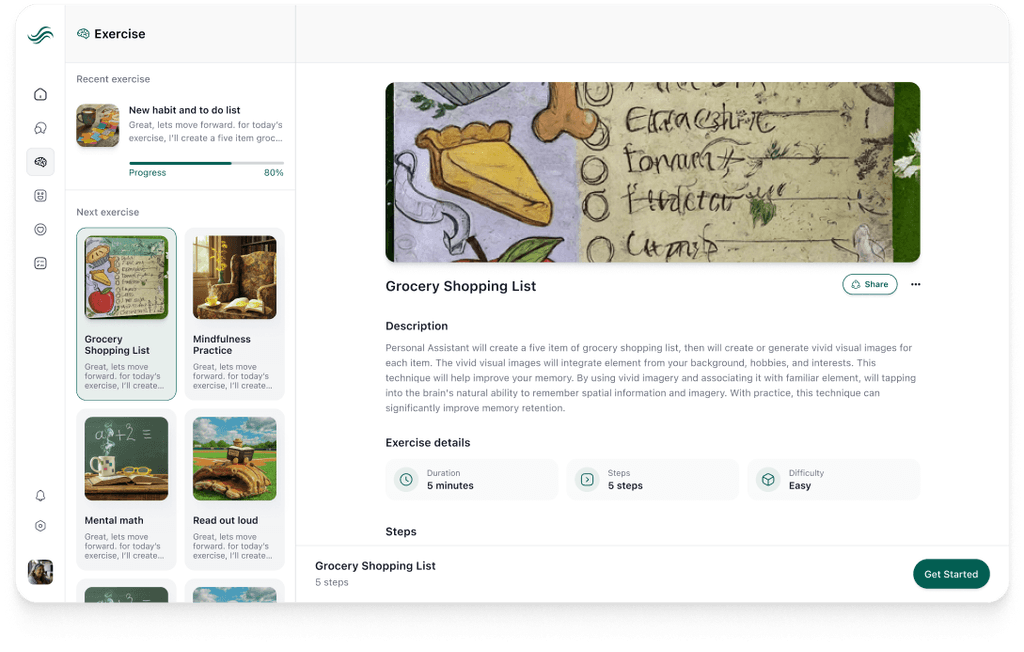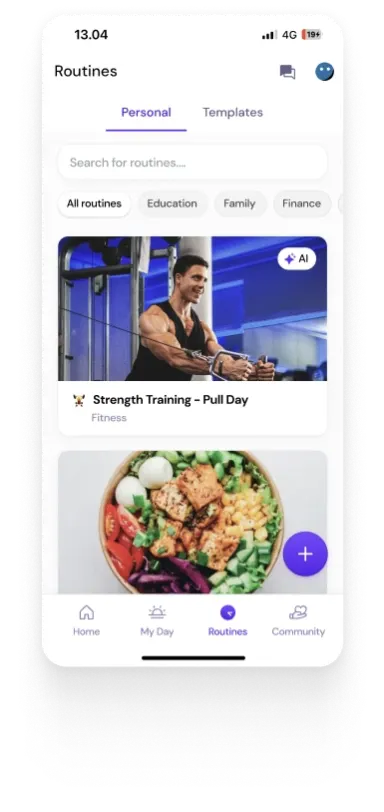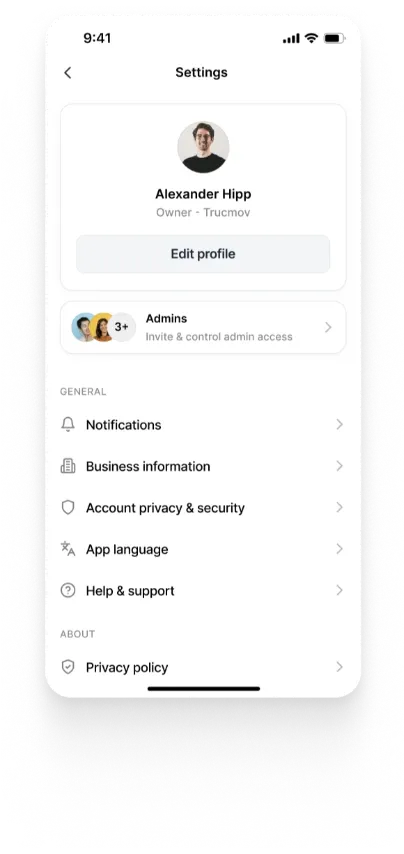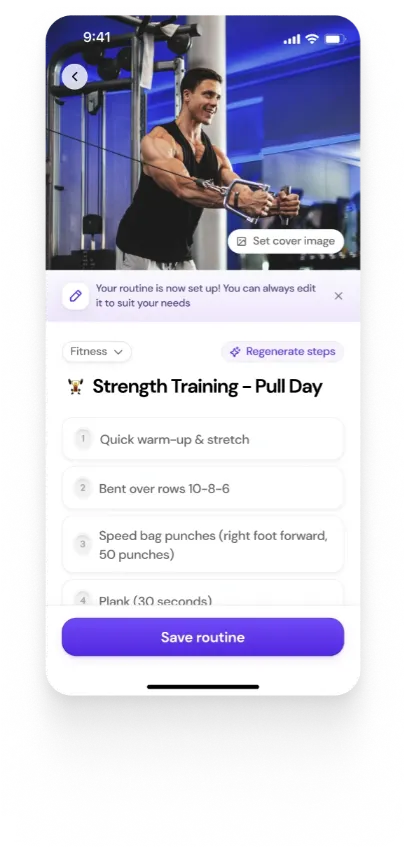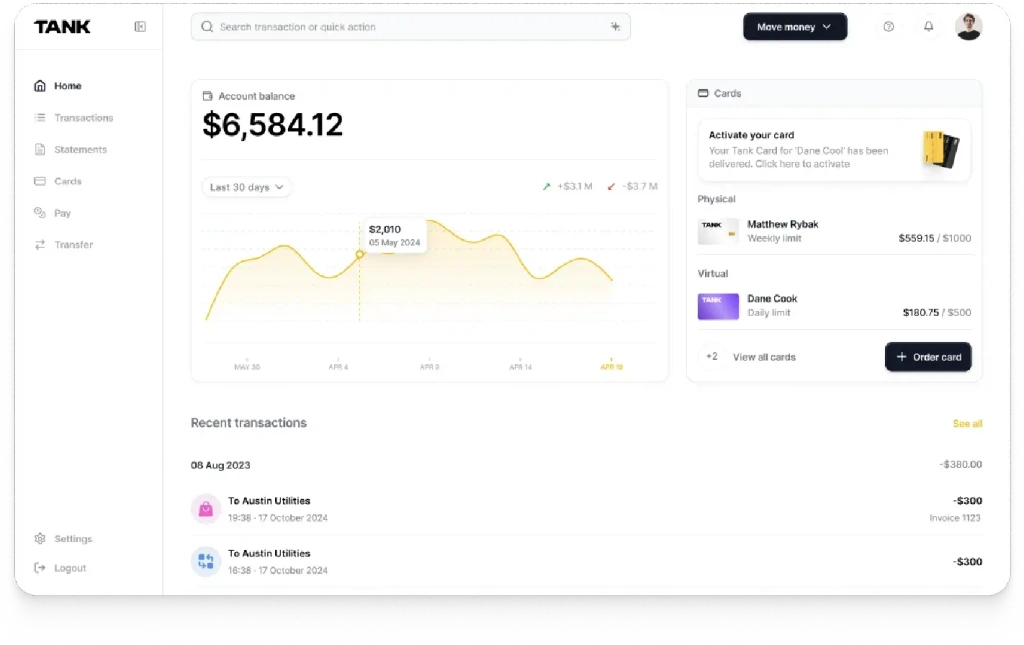How Steve Integrates Flutter Frontend with Firebase Backend Using Best Practices
Mar 25, 2025
Summary
Steve seamlessly integrates Flutter frontends with Firebase backends using automation and AI best practices. Its Vibe Studio configures GitHub repos, generates UI and backend code, and deploys apps via Firebase Hosting. With conversational input, intelligent validation, and structured error resolution, Steve enables rapid, scalable Flutter-Firebase development for teams of any technical level.
Key insights:
Flutter + Firebase Architecture: Steve pairs Flutter’s UI power with Firebase’s scalable backend, eliminating setup complexity.
Automated CI/CD Workflows: From repo initialization to Firebase Hosting, Steve automates builds, validation, and deployment.
Conversational Development: Users interact via chat, with Steve handling UI, authentication, and data logic in real time.
Intelligent Code Validation: Changes undergo dependency scanning, recursive error fixing, and formatting before deployment.
Live Preview + PR Docs: Each deployment includes a preview URL and detailed PR for immediate feedback and review.
Performance Scoring Loop: Steve tracks build quality and error resolution metrics to optimize future code generation.
Introduction
Steve—the first AI Operating System—is not just another app development tool; it represents a paradigm shift in how modern software, especially AI-integrated applications, are conceptualized, built, and deployed. With Vibe Studio, real-time conversational interface, and streamlined App Builder Workflow, Steve seamlessly integrates Flutter as the frontend framework with Firebase as the backend platform. This integration is not only technically sound but also optimized for scalability, developer accessibility, and rapid iteration.
In this insight, we examine the architectural philosophy and execution of Steve's integration strategy between Flutter and Firebase. We highlight the engineering best practices embedded into Steve's automated workflows, explore how AI enhances cross-layer coordination, and assess the broader implications for developers aiming to build Flutter apps with AI capabilities using Firebase. The discussion is structured around key dimensions: engineering workflows, Firebase integration mechanics, deployment pipelines, and the role of automation and AI in maintaining consistency and performance.
The Strategic Choice of Flutter and Firebase in Steve’s Architecture
Steve's development architecture is built on the synergy between Flutter’s expressive, cross-platform UI framework and Firebase’s robust Backend-as-a-Service (BaaS) capabilities. This dual-choice supports rapid app iteration, ensures consistent performance across platforms, and minimizes backend complexity.
1. Flutter as the Frontend Backbone
Flutter’s use in Vibe Studio aligns with the need for high-performance UIs that can be deployed across web, desktop, and mobile with a single codebase. The widget-based architecture of Flutter offers flexibility and speed. Flutter’s compatibility with Dart also streamlines formatting and code validation processes, as Steve leverages tools like dart format and dart run build_runner to maintain code consistency.
2. Firebase as the Backend Powerhouse
Firebase acts as the generated apps’ backend engine, managing authentication, cloud storage, real-time databases, and secure hosting. Firebase’s integration eliminates the need for custom server-side logic, accelerating development while maintaining scalability. Steve's AI pipelines are configured to auto-generate and validate the firebase.json file, ensuring deployment to Firebase Hosting is seamless and error-resistant.
By combining Flutter and Firebase, Vibe Studio creates an environment where frontend and backend are not siloed, but harmonized through automated pipelines and intelligent orchestration.
AI-Powered App Builder Workflow: Bridging Flutter and Firebase
Steve’s App Builder Workflow is the centerpiece of its AI-powered integration strategy. The workflow orchestrates everything from repository initialization to live deployment, using AI to analyze user intent and modify the codebase accordingly.
1. Repository Initialization and Codebase Structuring
Every app begins with Vibe Studio scaffolding the app structure in a private GitHub repository. This includes setting up the necessary Flutter directories and default Firebase configurations. This automated setup guarantees that every new project adheres to best practices from the outset, removing the friction often associated with initial project bootstrapping.
2. Iterative Feature Development via Chat Interaction
Steve’s chat-driven engineering model allows users to request feature changes conversationally. The AI Assistant translates these requests into structured modifications. The assistant identifies relevant Dart files, UI components, and Firebase dependencies. It automatically refines the code across these layers.
This iterative model ensures users—technical or otherwise—can implement features, debug issues, and test changes without deep programming knowledge, all while maintaining high code fidelity.
Firebase Deployment Pipeline: From Build to Host
Steve’s deployment workflow is a tightly orchestrated process built on CI/CD principles and intelligent automation. Once the app is ready for production, the Flutter app is compiled into a static web bundle. Here’s how the Firebase deployment is handled:
1. Firebase Hosting Initialization
The system automates Firebase project linking and configuration setup. Through service account automation, Steve creates and configures the necessary credentials, reducing the likelihood of human error in sensitive setup processes. This includes generating firebase.json and related deployment scripts automatically.
2. Build and Deployment Execution
Steve uses flutter build web to generate production-ready assets, followed by deploying them to Firebase Hosting. This is a crucial best practice—it ensures the app is lightweight, fast-loading, and secure. Firebase’s CDN-backed hosting ensures global availability and reliability, which is essential for Steve’s users operating at scale.
3. Post-Deployment Validation and Logging
After deployment, Steve logs the preview URL returned by Firebase. This URL is immediately integrated into the pull request documentation, allowing reviewers or end users to see the results in real time. This instant feedback loop is not only efficient but also critical for modern DevOps practices.
Automated Change Request Workflow: Ensuring Code Quality
A critical component of Steve’s reliability is its Automated Change Request Workflow, which governs how modifications are made and validated across the Flutter-Firebase stack.
1. File Scanning and Content Validation
Every user-initiated change is analyzed to identify relevant files. The AI scans dependencies, module relationships, and thematic components, ensuring that changes are neither shallow nor siloed. This avoids partial implementations and regression issues.
The system performs rigorous validation of every file. If the generated content fails, the system triggers a recursive generation loop, refining output until all constraints are met. This validation-first approach avoids bugs before they reach runtime.
2. Error Resolution and Fixing Mechanism
Steve runs flutter pub get and dart run build_runner to ensure dependencies are resolved and code is built properly. Any errors detected by dart analyze trigger a structured fixing mechanism—applying targeted corrections until the build passes or manual intervention is flagged.
This dynamic troubleshooting loop not only accelerates development but also guarantees production-grade quality across all code pushed to Firebase.
Performance Evaluation: Continuous Optimization and Feedback
Steve includes a built-in Performance Evaluation Framework that tracks every development session’s effectiveness. Each change is scored based on complexity, resolution effectiveness, and code health impact. This meta-analytics engine allows Steve to learn and adapt, optimizing how it translates user intent into performant code.
Metrics such as error resolution rates, build success probability, and deployment readiness times are used to refine AI behavior. This feedback loop creates a system that continuously improves, making each new Flutter-Firebase integration smoother than the last.
Use Case: Rapid Deployment of a Feedback Portal
Consider a non-technical product manager looking to launch a user feedback portal within their startup's web platform. Using Steve, they can describe their desired features—user login, form submission, and admin dashboard—via chat. The AI builds a Flutter UI, configures Firebase Authentication and Firestore, and deploys the solution live—all within minutes.
Each change request (e.g., “add sentiment analysis to feedback comments”) is interpreted and implemented across both layers. Steve updates the necessary Dart files, configures backend rules in Firebase, redeploys the app, and delivers a new preview URL. This type of seamless full-stack deployment, with minimal user friction, is what makes Steve revolutionary.
Conclusion
Steve exemplifies a new breed of development platforms where frontend and backend are not separate disciplines but tightly integrated threads within an intelligent, automated tapestry. By combining Flutter and Firebase using best practices—from automated validation to AI-assisted CI/CD—Steve transforms how apps are built, tested, and deployed.
This level of integration allows both developers and non-technical stakeholders to ship high-quality, AI-powered Flutter apps without traditional development roadblocks. The streamlined architecture, robust automation pipelines, and conversational interface make Steve’s Vibe Studio not only a tool for building apps but a platform for reimagining software development itself.
Connect Flutter and Firebase—Automatically with Steve
No more manual setup or DevOps bottlenecks. Steve's Vibe Studio automates Flutter + Firebase integration, from code to deploy. Build full-stack apps fast—no backend config needed.










